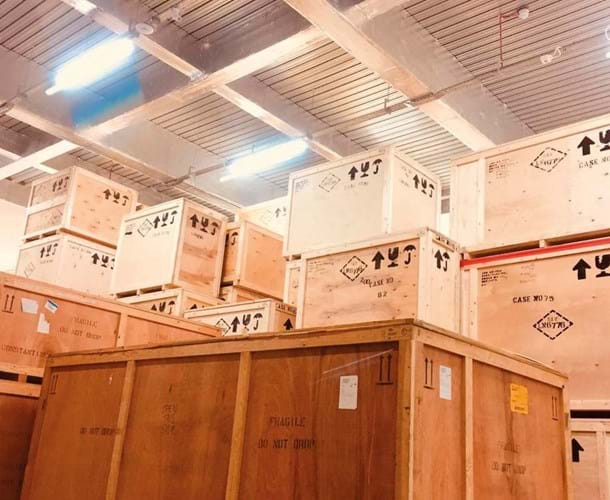Since they were our personal property I laid down eco-friendly specifications for their packing and, indeed, designed an inexpensive prototype packing case for the purpose. We were later advised by the Italian museum as follows:
“While we all care about the conservation of the environment; in this specific case we believe it necessary to point out that insurers require that any shipment (packing and crating) has to be performed according to industry standards which have been widely tested and proved by this specific market.
“The suggested (though interesting) prototype crating would, with no doubt, require a significant period of time for testing. It would also need to be approved by the insurance companies currently involved in the fine art insurance industry.
“At present, insurers impose that that packing and crating must [conform] to technical characteristics already tested by the market, over time.”
This (much abridged) statement, summarises succinctly the situation being addressed by The Gallery Climate Coalition (GCC) and its wish to develop best-practice guidelines for the insurance of artworks travelling using sea-freight.
I was reminded that in the early 1970s I served on both the ICOM Museum Insurance Working Party and that of the Museums Association. I put forward draft specifications for an international code of practice for the organisation and administration of temporary exhibitions. The idea was that the document would set out what a lender could expect from the borrower and his agents, not least the packers and carriers to be employed. The basic document was intended to be attached to each loan agreement.
I took the proposal to art insurers in the hope that this approach would be acceptable to them. I was told in no uncertain terms that it would not.
Only when the insurance component of shipping art by sea has been satisfactorily addressed can the technical details be agreed as to how an ecologically sound container service might actually operate. Personally, I remain of the opinion that this is a stop-gap until transport by airship becomes a reality.
Peter Cannon-Brookes, Abingdon














